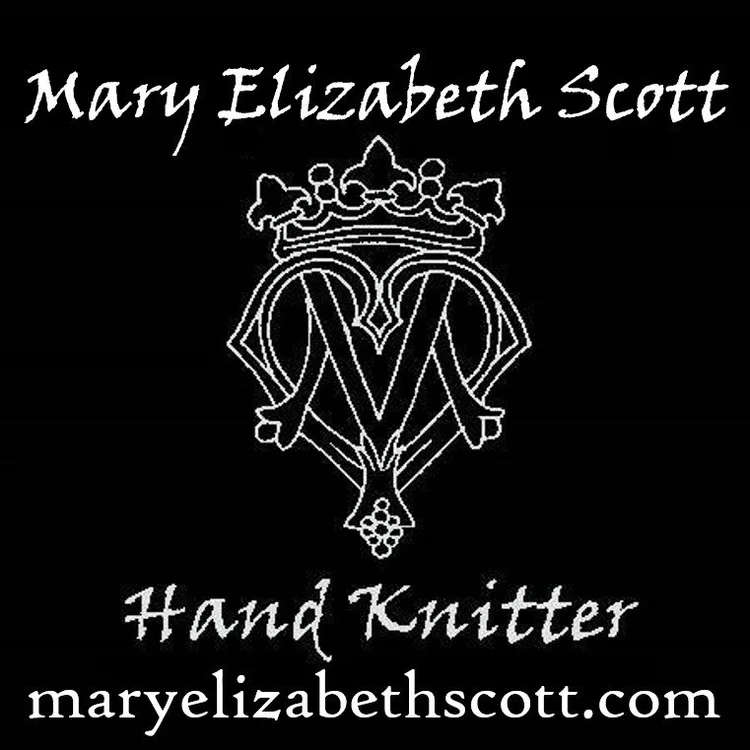Retail Therapy
Is there any higher form of shopping than yarn selection? I think not. I'm doing the online kind today, which holds its own challenges and delights.
The first challenge is that I can't touch the yarn. Careful checking of the fiber content will be necessary to predict how the yarn behaves, and an element of chance is assumed. The second is trying to see how the colors will behave together, This one is pretty easy: I take screen shots of the yarns I'm considering, and layer them together with the pattern photo (or sketch, if it's my own design). I do this in MS Word or MS Publisher, if you're wondering. Notice how I try to show each color in proportion to how much of it will be used? I've added a 4th contrast color, too, by the way, because I have no self control. I'm thinking to use it in the peerie bands between the knots on the upper body. Or not. We'll see.
55% Merino, 25% Alpaca, 20% Donegal Tweed
Predictions I can make about this yarn: Alpaca is very soft, as is Merino. So what this yarn lacks in "backbone" it will make up for in drape. The tweedy look feels authentic to the original, if that's what I'm going for. Every color here has the same color "Neps" or tweedy bits (black, white, gray and tan), which will lend the whole piece cohesion when used together. It may also tend to flatten and homogenize the design. The angle of twist here is not as high as I usually prefer for ideal stitch definition, but I can compensate by making sure my color contrast is as high as possible. Maybe switch to Charcoal for the MC?
95% Wool, 5% Cashmere (Actual yarn name is "Debbie Bliss Fine Donegal")
This one is more of a mystery. What kind of wool? Will it be the typical crunchy stuff I usually expect with tweed from the UK? What about the cashmere? Is it really spun into the yarn, or are only the Neps cashmere? I suspect the latter. My intuition tells me this is a sticky, crunchy traditional tweed with cashmere neps, which give it the fantastic color variations. Notice too, that there is barely any twist here: I'd bet it's one of those 2-ply yarns masquerading as a singles, with just enough twist to hold the plies together. A sweater made with this yarn will not be as soft, or as drapey as either of my other two choices. Because there are no purl sts in Stranded Colorwork, I need to be aware that Singles and Singles-type yarns may have a tendency to torque the body tube. Ever have an old t-shirt that has been washed so many times it spirals around the body? That's what happens with singles yarns, if you don't take precautions. These would include knitting at a firmer gauge, adding purl sts, and/or combining other, plied yarns into the design. Adding the center steek will also help, as would some Elizabeth Zimmerman "phoney seams" at the sides, if it really became an issue.
50% Fine Merino, 25% Baby Alpaca, 25% Mulberry Silk
This yarn appeals to me for all the things it isnt: Nuppy, crunchy or matte. Get a load of the shine on it! I also love the high twist in the plies, and the particular iteration of my chosen color scheme. Using this would lose all the the blurry, watercolory qualities of the soft tweed colors, so it's unfaithful to the original concept. But it would have that dreamy sheen, and most likely a lot of drape and softness. I usually err on the side of more primitive, high-contrast combinations, so this really appeals to me. Subtle isn't typically my bag. I have to decide whether I prefer to stay true to the original design concept, or branch out and do my own thing.
Post a comment, won't you, and tell me which of these is your favorite and why?
